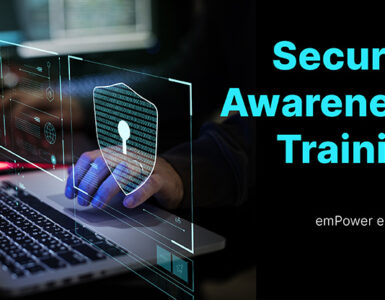
Synchronous Web-Based Training (sWBT)
Synchronous means “at the same time.” So this is basically classroom sessions across the Internet where the instructor and students are present at the same time – in cyberspace at least. An instructor uses something like Webex, or GoToMeeting to run a class when the students are not physically present. This form of training has good points:
- It cuts down on travel costs for students out of the office.
- A degree of student/instructor interaction is possible.
- It’s usually – but not always – more effective than aWBT (see below) when teaching a complex subject since the students can quiz the instructor.
But it also has its bad points:
- The instructor can’t really get a good read on whether the students get it. You could always issue a test on paper?
- Students can (and often do) goof off since they can’t be seen.
- The solution does nothing to help students who can’t actually “attend” the class at that time – they have to be available at the same time as the instructors (but see the note below about combined solutions).
Asynchronous Web-Based Training (aWBT)
In its crudest terms, think of PowerPoint slides being available on a website … in fact, that’s what quite a few companies do. An asynchronous WBT course can be taken by students whenever they need to, or whenever they have the time. But the best aWBT courses combine informative content with interactive exercises and often include a mastery test for students.
The good points:
- Excellent when there’s a high turnover of staff since new staff can take the course whenever the join rather than wait for a scheduled time.
- Can be used to deliver “just in time” training – when (and where) it’s needed – not 3 months in advance, or 2 months after it’s needed!
The bad points:
- Bad aWBT can be a very poor learning experience (to say the least).
- Testing for mastery is somewhat hit-and-miss. Students can easily cheat on the mastery test in a course (they could have a book open, or ask their friends what the answers are) and you have no way of knowing.
Which One is “Best”?
Neither … and both. Each has good and bad points. Also, the technologies aren’t mutually exclusive. You can record an sWBT session and allow students to replay it on demand at which point it’s essentially an aWBT. But the way that you design effective aWBT courses isn’t the same as the way that you design sWBT (effectively classroom presentations).
Select the approach that’s best suited to your business needs.




